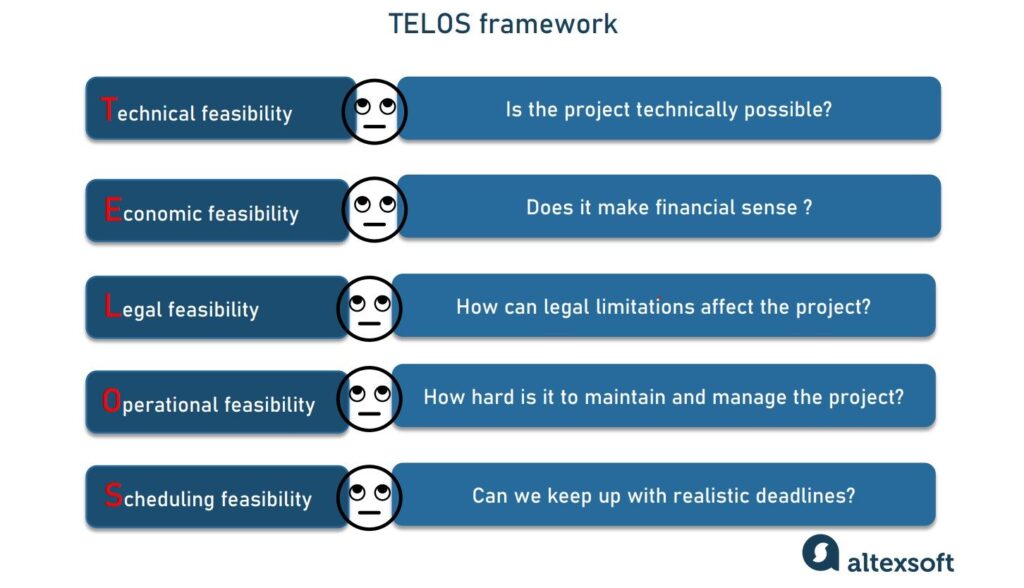Game development is a complex process that involves creativity, attention to detail, and familiarity with a range of software and hardware tools. To create a successful video game, developers start with game design and conceptualization using mind mapping and sketching tools. They use game engines such as Unity3D and Unreal Engine to simplify and speed up the development process. The creation of game assets includes the use of 3D modeling and texture painting tools, as well as audio editing tools. During the testing process, developers use bug tracking, performance testing, and hardware testing tools to ensure proper functioning of the game. Overall, understanding the various tools available to developers can streamline their workflow and help create engaging games.
Exploring the Complexities of Game Development: An Overview of Software and Hardware Tools
As the gaming industry continues to grow, so too does the complexity of game development. Creating a successful video game requires attention to detail, creative problem-solving, and familiarity with a wide range of software and hardware tools. In this article, we will explore the complexities of game development and provide an overview of some of the key tools used in the process.
Game Design and Concept
The first step in game development is coming up with a solid concept and game design. This involves brainstorming ideas, researching existing games, and creating storyboards and mockups. Some of the tools used during this phase include:
Mind Mapping Tools
Mind mapping tools, such as MindNode, are useful for brainstorming ideas and organizing them into a coherent plan. These tools allow you to quickly jot down ideas and then rearrange them into a structured format that can be easily shared with your team.
Sketching and Wireframing Tools
Sketching and wireframing tools, such as Sketch and Balsamiq, are useful for creating visual representations of your game design. These tools allow you to quickly and easily create mockups of your game’s user interface and other key design elements.
Game Engines
Once the game design has been solidified, the development process can begin in earnest. One of the key tools used in game development is the game engine. A game engine is a software framework designed to simplify and speed up game development. There are a variety of game engines available, each with its own strengths and weaknesses. Some of the most popular game engines include:
Unity3D
Unity3D is one of the most popular game engines used in the industry. It offers a range of features, including integrated physics, scripting, and animation tools. Unity3D also supports a variety of platforms, including Windows, Mac, iOS, Android, and many more.
Unreal Engine
Unreal Engine is another popular game engine used in the industry. It offers advanced graphics capabilities, powerful scripting tools, and support for a variety of platforms, including Windows, Mac, iOS, Android, and many more.
Game Assets
Another key aspect of game development is the creation of game assets. Game assets include everything from 3D models and textures to sound effects and music. There are a variety of software tools used in the creation of game assets, including:
3D Modeling Tools
3D modeling tools, such as Autodesk Maya and 3ds Max, are used to create 3D models of game objects and characters. These tools allow developers to create detailed models that can be animated and textured.
Texture Painting Tools
Texture painting tools, such as Substance Painter and Photoshop, are used to create textures for game objects and characters. These tools allow developers to create detailed textures that can be applied to 3D models.
Audio Editing Tools
Audio editing tools, such as Audacity and Pro Tools, are used to create sound effects and music for video games. These tools allow developers to create and manipulate audio files that can be integrated into their game.
Game Testing
Once the game has been developed, it must be thoroughly tested to ensure that it is free of bugs and performs as expected. There are a variety of software and hardware tools used in game testing, including:
Bug Tracking Tools
Bug tracking tools, such as JIRA and Bugzilla, are used to track and manage software bugs. These tools allow developers to identify and prioritize bugs and track their progress toward resolution.
Performance Testing Tools
Performance testing tools, such as Unity Performance Testing and NVIDIA Nsight, are used to test the performance of video games. These tools allow developers to identify performance bottlenecks and optimize their game for maximum performance.
Hardware Testing Tools
Hardware testing tools, such as 3DMark and FurMark, are used to test the performance of a game on specific hardware configurations. These tools allow developers to identify hardware-related issues and optimize their game for specific hardware configurations.
Conclusion
Game development is a complex and challenging process that requires a wide range of software and hardware tools. From the initial concept and game design to the creation of game assets and the testing process, developers rely on a variety of tools to create successful video games. By understanding the various tools available, developers can streamline their workflow and create video games that are both engaging and enjoyable for players.
